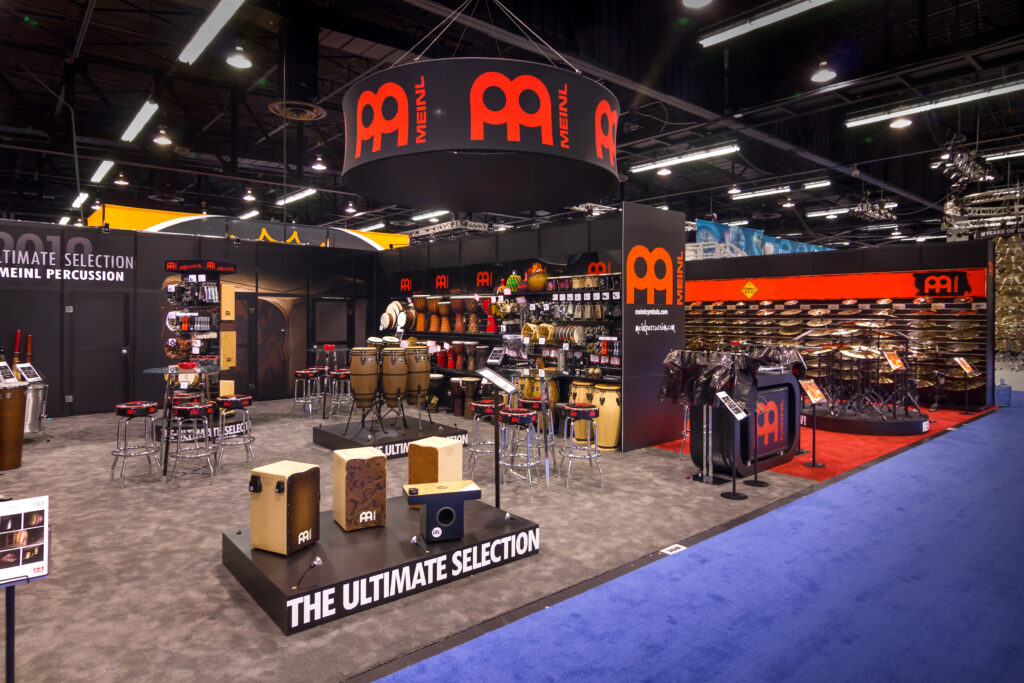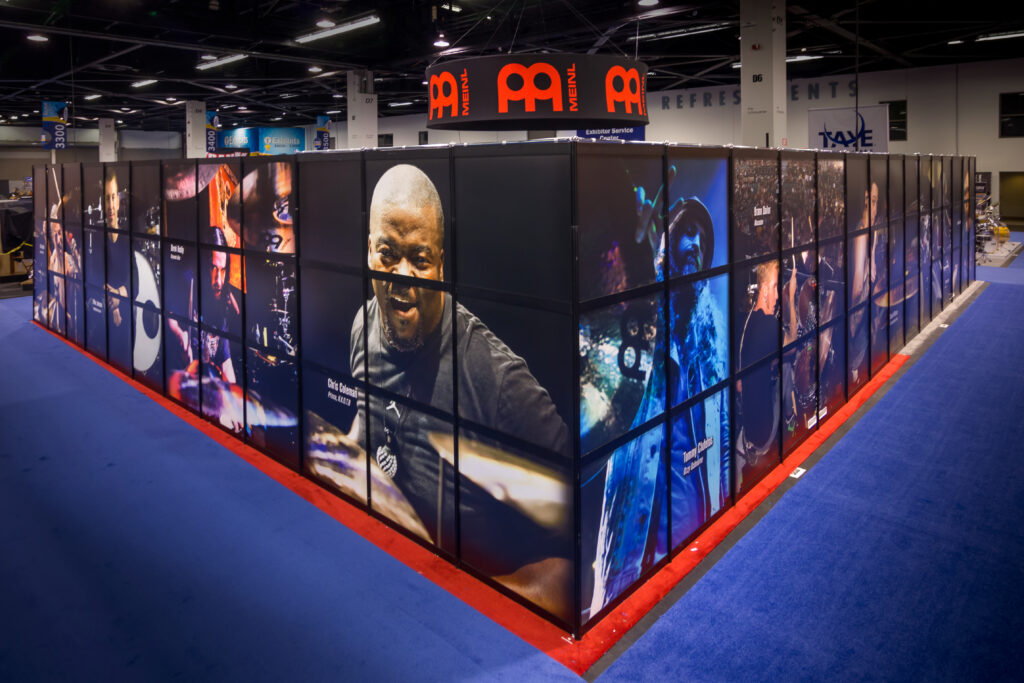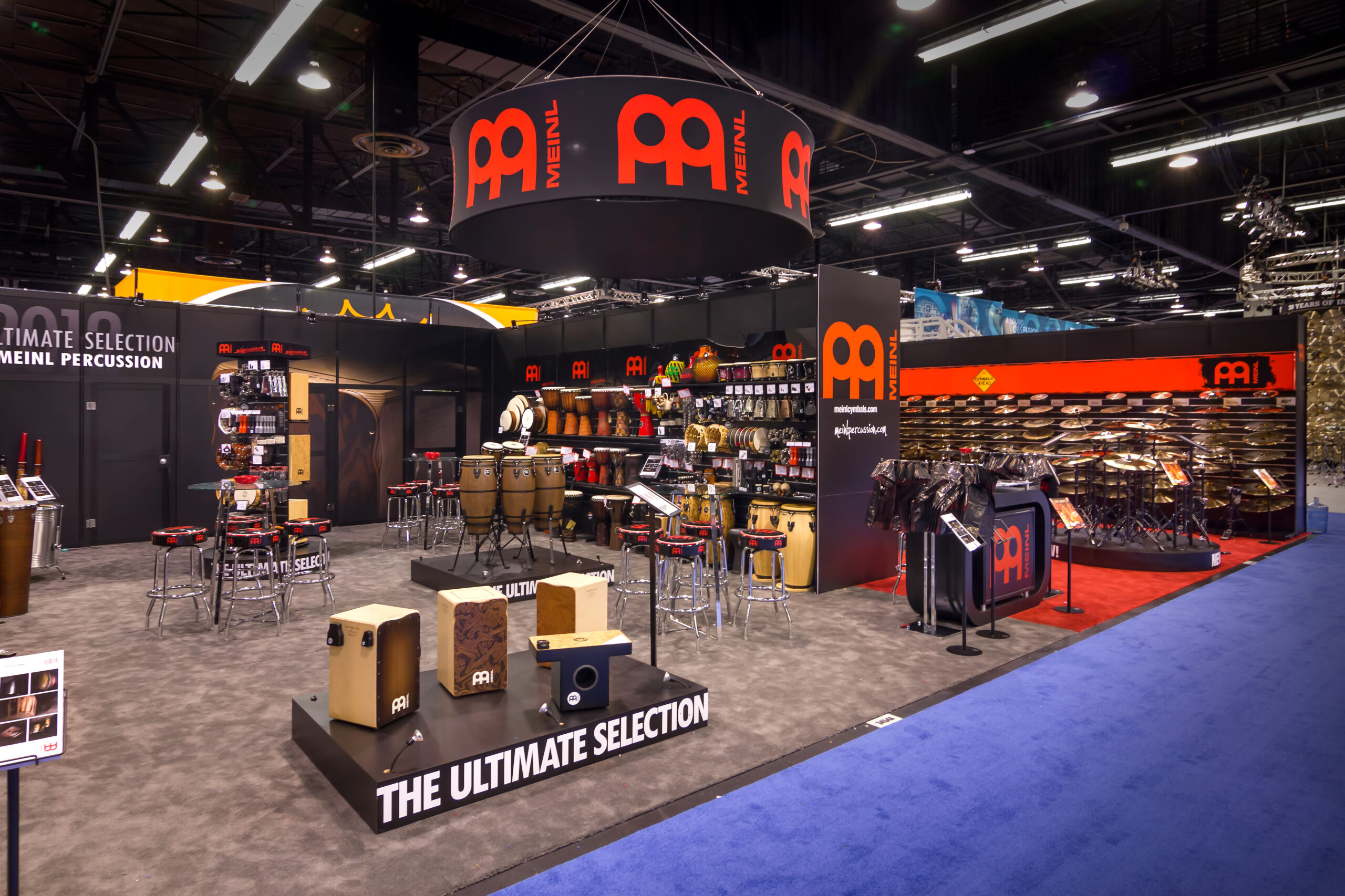For many exhibitors outside the U.S., renting exhibits is second nature. In Europe, Asia, and Latin America, exhibit rentals are the norm because they save money, reduce storage needs, and offer flexibility across multiple shows. By contrast, U.S. companies often default to owning their exhibits — a strategy that can create unnecessary costs and limit adaptability.
This guide explains why rental exhibits abroad make sense, when they should replace ownership, and how they simplify the logistics of global exhibiting.

The Global Standard Is Renting
In much of the world, companies rarely buy custom exhibits outright. Instead, they rent:
- Europe: Exhibitors favor rentals to match unique booth footprints in each venue.
- Asia: Rapid show cycles make rentals more efficient than ownership.
- Latin America: Rentals reduce logistics challenges and upfront investments.
Meanwhile, U.S. exhibitors often sink money into ownership, only to face high storage costs, refurbishment expenses, and limited flexibility.
When Renting Makes More Sense Than Owning
Rental exhibits are often the smarter choice, especially when:
- Booth sizes vary: International shows rarely offer the same footprint year after year. Rentals adapt easily.
- Budgets matter: Storage, refurbishment, and transport costs add up quickly.
- Design updates are frequent: Rentals allow for new graphics and configurations at each event.
- Staffing is limited: Avoiding in-house setup and dismantle labor cuts both costs and stress.
Owning only makes sense for companies that attend dozens of shows annually, always in the same booth size and layout.
Benefits of Renting Abroad
Renting internationally provides distinct advantages:
Reduced logistics: Rentals minimize the need to coordinate storage, transport, and I&D across time zones.
No customs risk: Shipments can take 30+ days and get stuck in customs. Rentals eliminate the risk.
Local compliance: Rental providers ensure your booth meets local regulations, electrical standards, and safety rules.

Pavilion vs. Standalone Booth Rentals
Deciding whether to exhibit in a pavilion or a standalone booth depends on goals:
- Pavilion rentals: Cost-effective for first-time international exhibitors. You gain visibility under a shared national or industry banner and benefit from pooled resources.
- Standalone rentals: Provide full creative control, stronger branding, and a customized visitor experience.
Many companies start with pavilions, then move to standalone rentals as they gain international experience.
How Absolute Exhibits Supports International Rentals
At Absolute Exhibits, we help clients manage international rentals through our U.S. and Poland facilities and a network of trusted partners worldwide. Our multilingual staff and on-site project managers ensure rental exhibits meet local regulations, look consistent with your brand, and are delivered on time. Whether in Düsseldorf, São Paulo, or Hong Kong, clients receive the same quality they expect in the U.S.
Quick Checklist: Rental Exhibit Advantages
- Lower upfront cost.
- No storage or refurbishment fees.
- Flexibility for varying booth sizes.
- Local compliance built into the rental process.
- Reduced customs and shipping risk.
Conclusion
For most companies, especially those exhibiting abroad, rentals are the smarter option. They reduce costs, simplify logistics, and provide the flexibility needed to adapt to global venues. By choosing rental exhibits, international exhibitors position themselves for success without the headaches of ownership.
For more insights on global exhibiting partnerships, see The Complete Guide to Choosing the Right International Exhibit House Partner.




